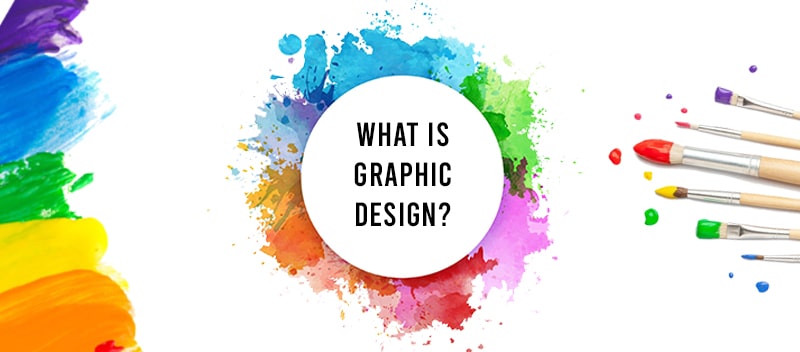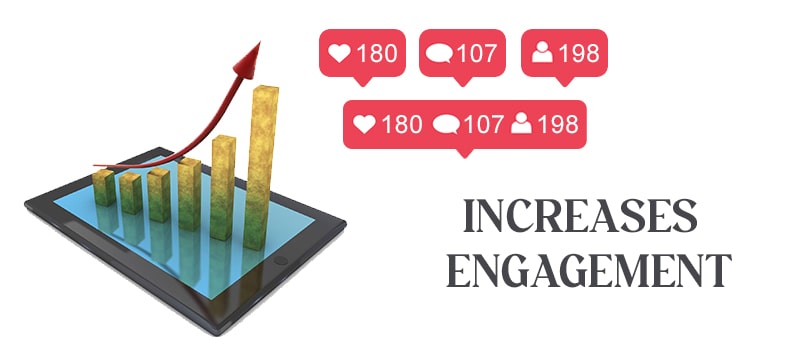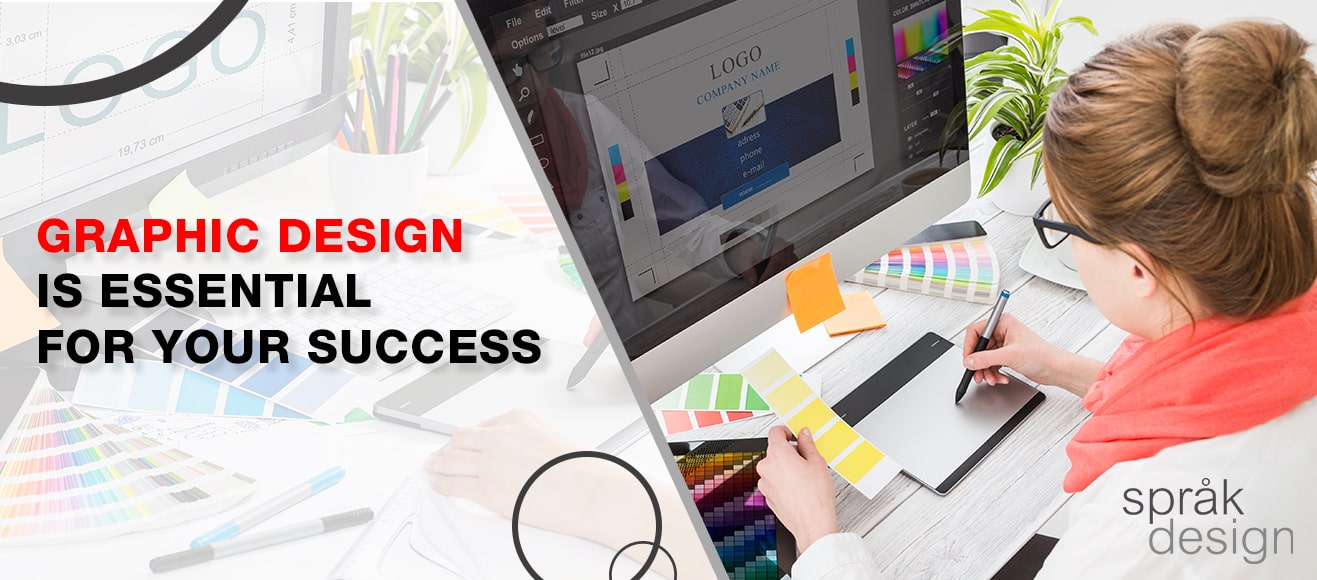Graphic Design Is Essential For Your Success: Read This To Find Out Why
Last Update : 17 February 2023
Graphic design is a key factor in the success of any business. Whether you are starting your own business or looking to elevate your current business, understanding the importance of graphics is crucial.
Graphic design can be used to create compelling visuals that will attract customers and increase your brand’s recognition. This blog post will discuss why graphic design is essential for your success and how it can help you take your business to the next level.
By the end of this post, you will have a better understanding of the importance of graphics and why investing in graphic design is so important.
What is graphic design?

The practice of producing visual content for message transmission is known as graphic design. It involves the creative process of selecting and arranging images, words, and symbols to convey an idea or a message.
Graphic design services provide businesses and individuals with visual solutions that combine typography, imagery, color, and other elements to create a message that resonates with their target audience.
A successful graphic design requires a thorough understanding of the client’s needs, target audience, and industry. Professional graphic designers use their skills to create eye-catching designs that communicate a message effectively.
By leveraging their creativity and technical knowledge, graphic designers can help businesses achieve their goals and stand out from the competition.
Why is graphic design essential for your success?
Graphic design plays an important role in a company’s success as it helps to visually communicate the brand’s message and values to its audience. A well-designed logo, website, packaging, and marketing materials can help establish a strong brand identity and make the company more memorable to its customers.
Additionally, effective use of graphics can improve the overall user experience and help convey information in an engaging and easy-to-understand manner, leading to increased customer engagement and loyalty.
Here are some additional reasons why graphics are essential for success:
1. Enhances brand recognition:
A consistent visual identity across all materials, including logos, business cards, websites, and social media, helps to build brand recognition and creates a memorable impression. This helps customers easily identify and associate with the brand.
2. Increases engagement:

The use of graphics, such as infographics, illustrations, and charts, can help to simplify complex information and make it more accessible to a wider audience. This can lead to higher engagement and a better understanding of the brand’s offerings and values.
3. Supports marketing efforts:
Graphics can be used in various marketing channels, such as social media, email campaigns, and advertisements, to attract and retain customers. Good graphics can make these materials more attention-grabbing and memorable.
4. Improves customer experience:
Good design can greatly enhance the overall customer experience by making a website or product packaging easy to navigate and visually appealing. This can lead to increased customer satisfaction and loyalty.
5. Sets the company apart:
A well-designed graphic identity sets the company apart from competitors and creates a unique and professional image. This can help to establish the brand as an industry leader and attract new customers.
How can you work with graphic design services?
Here are some tips when working with graphic design services:
- Clearly define your project requirements and objectives.
- Provide reference materials and examples of the style you prefer.
- Be open to suggestions and feedback from the designer.
- Establish clear communication channels and provide timely responses.
- Set realistic deadlines and budgets.
- Provide constructive criticism and give clear instructions for revisions.
- Show appreciation and provide fair compensation for the designer’s work.
- Maintain a professional and respectful working relationship.
Here’s a more in-depth explanation of each of the tips:
1. Clearly define your project requirements and objectives: Before starting a project, it’s important to have a clear understanding of what you want to achieve. This will help the designer understand what you’re looking for and ensure that everyone is on the same page from the beginning.
Make sure to provide specific details about the project, such as the size and format of the final product, the intended audience, and any specific branding requirements.
2. Provide reference materials and examples of the style you prefer: Giving the designer an idea of the style you’re looking for can help them create designs that better match your vision. Provide examples of designs or styles that you like, or even describe what you’re looking for in words.
3. Be open to suggestions and feedback from the designer: Designers have a wealth of knowledge and experience, and they may have suggestions that can improve your project. Be open to their ideas and feedback, and keep an open mind throughout the design process.
4. Establish clear communication channels and provide timely responses: Good communication is key to a successful project. Make sure to establish clear channels of communication with the designer, such as email or project management software, and respond to their messages promptly.
This will help keep the project on track and ensure that everyone is on the same page.
5. Set realistic deadlines and budgets: It’s important to set realistic deadlines and budgets for your project. This will help ensure that the designer has enough time to complete the work to the best of their ability, and it will also help you manage your resources effectively.
Be realistic about what you can achieve within your budget, and don’t hesitate to discuss any constraints with the designer.
6. Provide constructive criticism and give clear instructions for revisions: When providing feedback, be specific and constructive. Instead of simply saying, “I don’t like this,” explain what you would like to see changed and why. This will help the designer understand your vision and make the necessary revisions more effectively.
7. Show appreciation and provide fair compensation for the designer’s work: Designers are professionals, and their time and skills are valuable. Show appreciation for their work by providing fair compensation, and make sure to pay them on time.
A respectful and professional working relationship will go a long way in ensuring a successful project.
8. Maintain a professional and respectful working relationship: A positive working relationship is key to a successful project. Make sure to treat the designer with respect and professionalism, and maintain open and clear communication throughout the project.
This will help ensure that everyone is on the same page, and it will also help maintain a positive working environment.
Conclusion
Graphic design is an important aspect of creating visual content that effectively communicates your message and enhances your brand image.
Whether you are an individual, a small business, or a large corporation, well-designed graphics can help you stand out, engage your target audience, and convey your values and objectives.
A skilled graphic designer can help you create logos, brochures, advertisements, websites, and other materials that accurately represent your brand and resonate with your target audience.
Therefore, incorporating graphic design into your overall marketing strategy can be crucial for your success. Professional graphic designers have the skill, experience, and expertise to bring your ideas to life and create unique visuals that will captivate your target audience.


